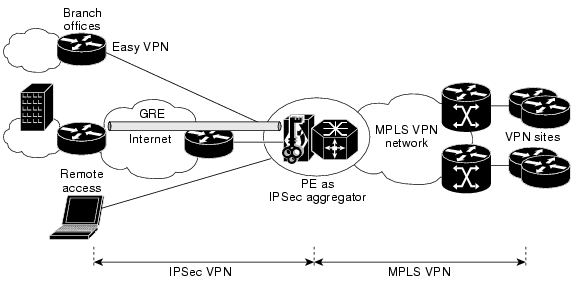


- Easyvpn config multiple duplicate networks install#
- Easyvpn config multiple duplicate networks update#
- Easyvpn config multiple duplicate networks Pc#
- Easyvpn config multiple duplicate networks download#

And yes, i did googling in three different languages, browsed Reddit communities, checked ASUS tech resources and asked VPN providers’ support before posting this. ERROR: Unable to determine Easy VPN Remote internal and external interfaces: multiple interfaces with the same security levels. I think there has to be some dedicated software, but I haven’t found one.
Easyvpn config multiple duplicate networks download#
Nordvpn Synology Dsm 6 2, download hotspot shield on router, Cisco Ios Easy Vpn Server, Lancom 1711.
Easyvpn config multiple duplicate networks install#
After the system has updated, install OpenVPN and Easy-RSA using yum package manager (we’ll need it to implement PKI key infrastructure on the VPN server).
Easyvpn config multiple duplicate networks update#
The router’s Web interfaces (be it Asuswrt or Merlin) don’t meet the “easily” requirement absolutely. For other DSM versions the screens may be different. In the first step, you must connect EPEL repository and update your host: yum install epel-release -y. I don’t need to ease the initial setup of every VPN configuration on the router or the editing of the configurations, I only want to easily manage switching between them after they’re set. so that not only the PC, but any device connected to the router via LAN or Wi-Fi uses the same VPN connection. I also want the active configuration to be applied globally to the router, not to individual ports or devices, i.e. (Ideally, I’d like to have just a single icon in the system tray to indicate this, but it’s a nice-to-have, not a must.) It is a virtual connection but not a physical. CISCO defines a VPN as an encrypted connection between private networks over a public network 1. I also want to easily monitor the VPN status: whether a VPN configuration is active and, if so, which one. Introduction Introduction 5 ( ) Virtual Private Network (VPN) is a secure, reliable and logical connection that is created over a public network (Internet).
Easyvpn config multiple duplicate networks Pc#
I need no more than one active VPN connection at a time, and I want only the router to be in charge of the connections, so that the PC doesn’t know at all whether it’s online through VPN or not.Īt the same time I want to be able easily command the router “Switch to X configuration of Y VPN provider right now” or “Switch to VPN-less mode right now” from the PC. If you want to encrypt traffic from vlan12, you must change the security level of interface vlan1 to a lower value than that of vlan 12.Store multiple VPN configurations (several different providers, several configurations for some of them) on the same router (ASUS RT-AX86U, if that matters).Įasily switch between VPN’s (including the option to access the Internet without any VPN) from my desktop PC (Windows 10, if that matters). In this scenario, the security appliance builds the tunnel only for vlan1, the interface with the highest security level. I have multiple VLANS behind an ASA and want them all to connect across an EASY VPN Remote connection. It all works very well when I connect from a machine at work and its the answer to a 'maidens prayer'. The APs broadcast the same SSID, sometimes on the same channel when there is an overlap or a wireless range extender deployed. If you have an ASA 5505 security appliance (version 7.2 (3) and higher) configured as an Easy VPN Client in Network Extension Mode with multiple interfaces configured, the security appliance builds a tunnel for locally encrypted traffic only from the interface with the highest security level.įor example, consider the following configuration: I've been reading changes in EASY VPN remote/server for the ASA and I don't see a clear answer regarding multiple VLANS. Duplicate Network - Multiple networks with the same SSID found My Xbox has a wireless N adapter and is located in range of a campus wireless network (lots of APs broadcasting the same SSID).


 0 kommentar(er)
0 kommentar(er)
